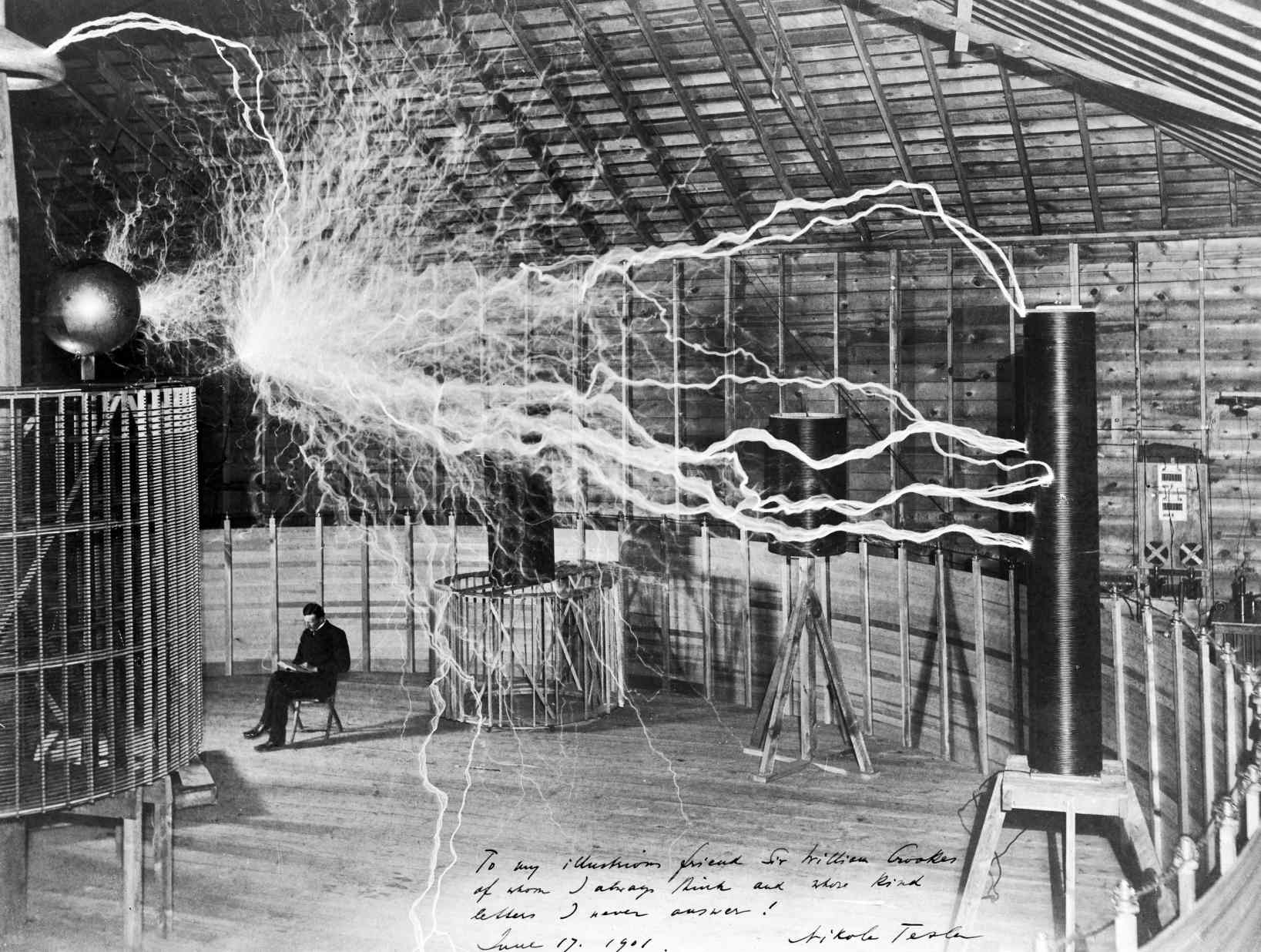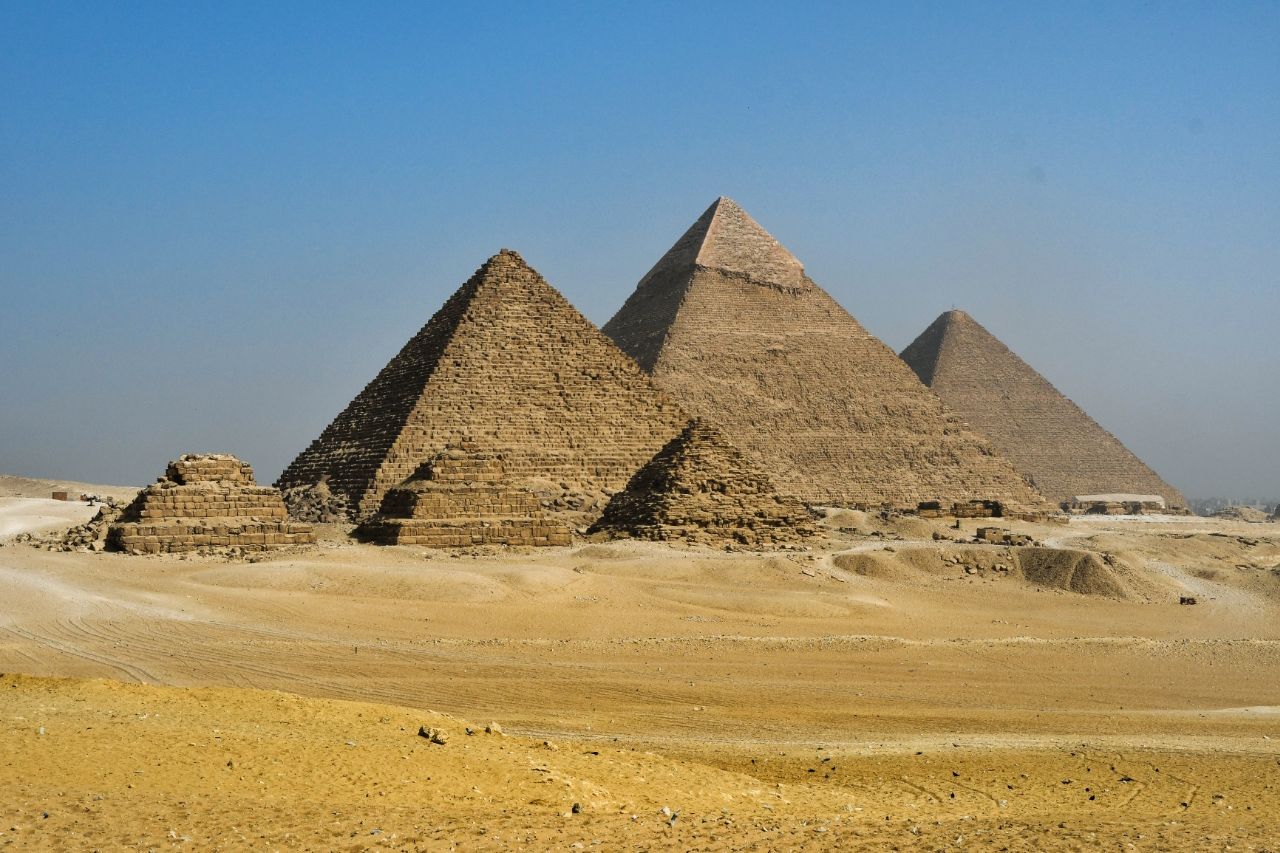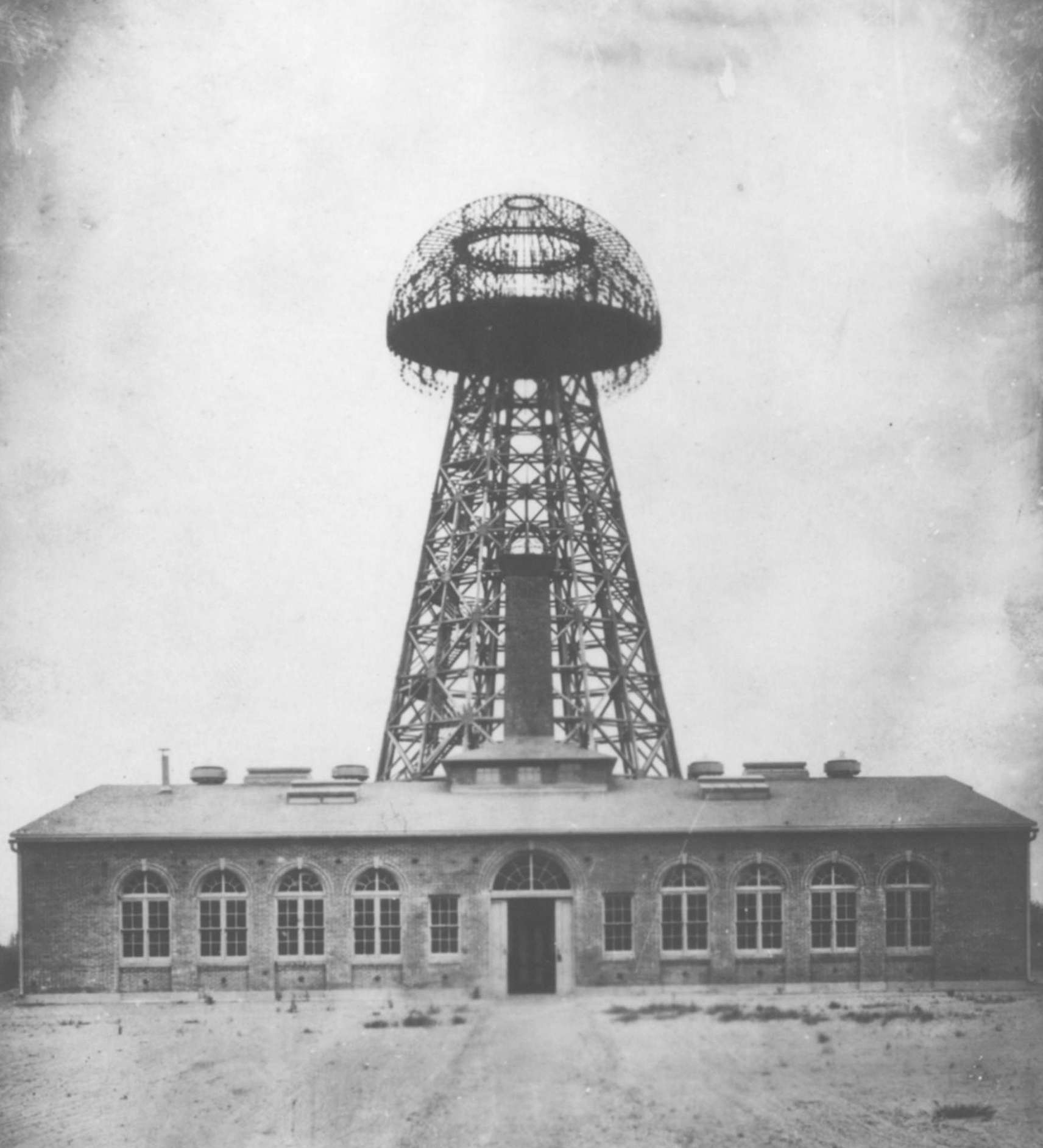In the modern world, there are few people who have made more significant contributions to the general implementation of electricity than Nikola Tesla. The accomplishments of a scientist whose contributions extend from the invention of alternating current to the conduct of experiments aiming to transport electricity wirelessly through the atmosphere.

Nikola Tesla, one of the greatest inventors of all time, yet he was also a guy who had secrets and mysteries that we could never have imagined. Tesla carried out a slew of strange experiments, but he was also a mystery in his own right. “The finest minds are always curious,” as the saying goes, and this is certainly true with Nikola Tesla.
Aside from ideas that he implemented and patented, Tesla had many other interests in various fields of research, some of which were quite esoteric. His preoccupation with Egyptian pyramids, one of humanity’s most mysterious and magnificent structures, was one of the most peculiar aspects of his personality.

Tesla was convinced that they served a greater purpose and continued to research them throughout his life. What was it about the pyramids that he found so alluring? He wonder whether they weren’t gigantic transmitters of energy, a concept that corresponded with his research into how to transmit energy wirelessly.
When Nikola Tesla submitted a patent in the United States in1905, it was named “The art of transmitting electrical energy through the natural medium,” and it detailed plans for a global network of generators that would access the ionosphere for energy collecting.
He envisioned the entire planet Earth, with its two poles, as a massive electrical generator with an infinite supply of energy. Tesla’s electromagnetic pyramid was the name given to his triangle-shaped design.
It wasn’t just the shape of the Egyptian pyramids but their location that created their power, according to Tesla. He built a tower facility known as the Tesla Experimental Station in Colorado Springs and “Wardenclyffe Tower” or Tesla Tower on the East Coast that sought to take advantage of the Earth’s energy field. The locations were chosen according to the laws of where the Pyramids of Giza were built, related to the relationship between the elliptical orbit of the planet and the equator. The design was intended for wireless transmission of energy.

Numerals are said to have had a role in Tesla’s thought process. Tesla was considered to be a strange individual with compulsive tendencies, according to many accounts. One of his obsessions was the numbers “3, 6, 9,” which he believed to be the key to unlocking the mysteries of the universe.
He would drive around buildings 3 times before entering them, or he would stay in hotels with room numbers that were divisible by 3. He made additional selections in groups of 3.
According to others, Tesla’s fascination with these numbers was linked to his predilection for pyramidal shapes as well as his belief in the existence of some underlying mathematical law and ratios that are part of a “universal math language.”
Because we don’t know how or why the pyramids were built, some people believe they are artifacts that are either creating energy or serving as purposefully placed messengers or even code from an ancient civilization.



